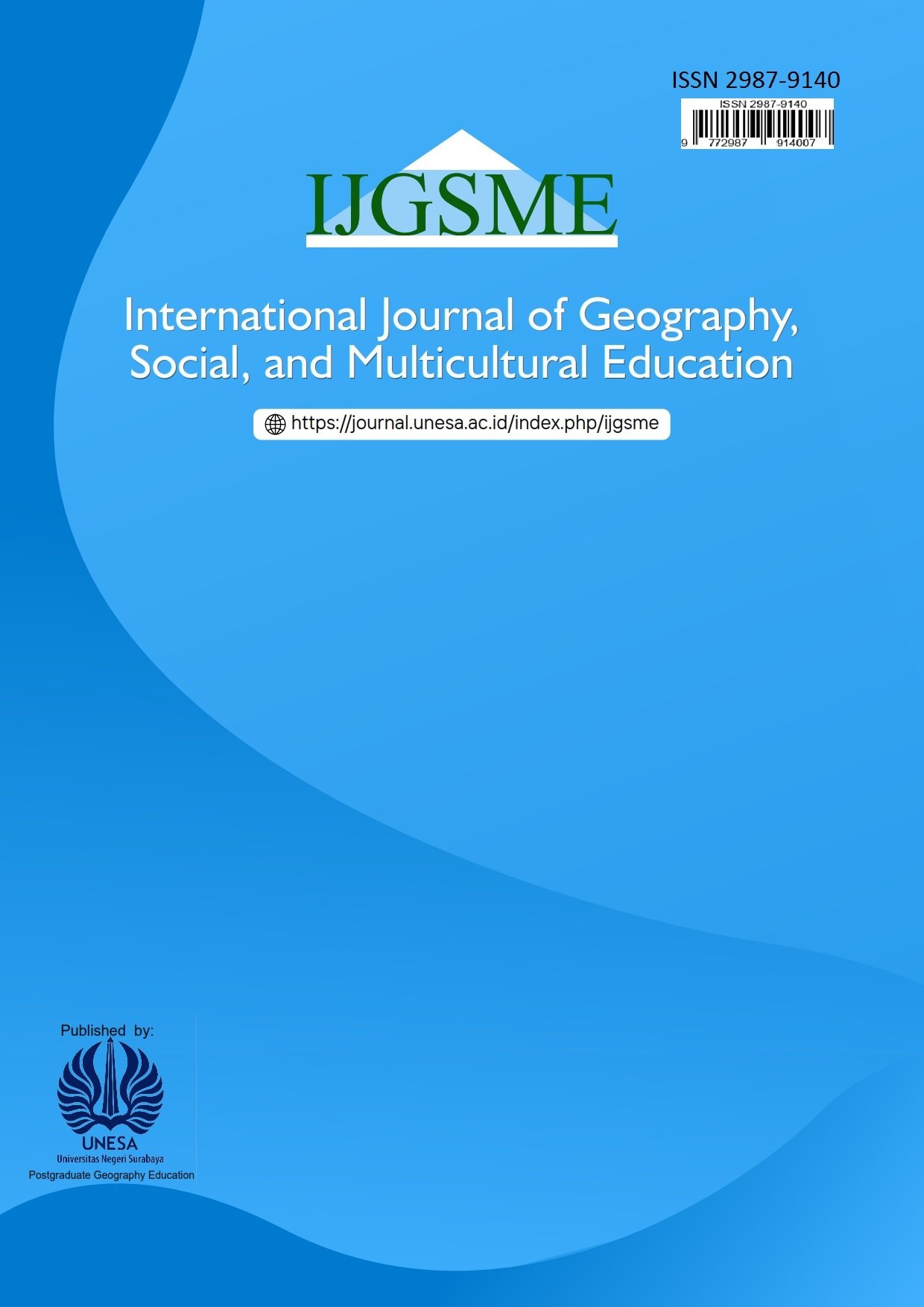Evaluation of Land Suitability for Main Crops in Bac Son District, Lang Son Province Using Machine Learning and Artificial Neural Network Models
DOI:
https://doi.org/10.26740/ijgsme.v3n1.p26-40Keywords:
Land suitability, Machine learning, Artificial neural network, Paddy rice, Golden tangerineAbstract
This study evaluates land suitability for Golden Tangerine and Paddy Rice cultivation in Bac Son District, Lang Son Province, using Random Forest (RF) and Artificial Neural Network (ANN) models. Environmental factors, such as elevation, slope, aspect, NDVI, distance to streams and roads, rainfall, soil type, soil depth, and soil texture, were used as input variables. The results show that both models effectively assessed land suitability, though their predictive performances differed by crop type. For Golden Tangerine, the ANN model predicted a higher mean suitability value (0.38313) and slightly better classification accuracy (0.7856) compared to the RF model (0.27367 and 0.7786, respectively). For Paddy Rice, the ANN model again estimated a larger suitable area (mean suitability: 0.38749), but the RF model outperformed the ANN in classification accuracy (0.6896 and 0.6663 respectively). Both models showed similar prediction variability, with only minor differences in standard deviations. These findings highlight the trade-off between the extent of suitable land identified by ANN and the higher classification accuracy achieved by RF, particularly for Paddy Rice. This study emphasizes the need to consider both spatial distribution and accuracy when selecting models for land suitability assessments. Further research should explore hybrid modeling approaches and integrate additional environmental and socioeconomic factors for more precise evaluations
Downloads
Published
How to Cite
Issue
Section
License
Copyright (c) 2025 Van Trung Chu, Thuy Linh Nguyen, Ngoc Anh Nguyen, Huu Chien Hoang, Quang Thi Nguyen, Van Tuan Pham

This work is licensed under a Creative Commons Attribution-ShareAlike 4.0 International License.
 Abstract views: 314
,
Abstract views: 314
, PDF Downloads: 29
PDF Downloads: 29








